When your plants start to grow, they will eventually need a bigger pot, which means you’ll have to transplant them into something bigger. Plants should be watered after they’ve been repotted, but the rules can be different depending on the plant itself.
This article will explore how long to wait after reporting to water your plant, how to reduce transplant shock and 7 ways to care for plants after repotting.
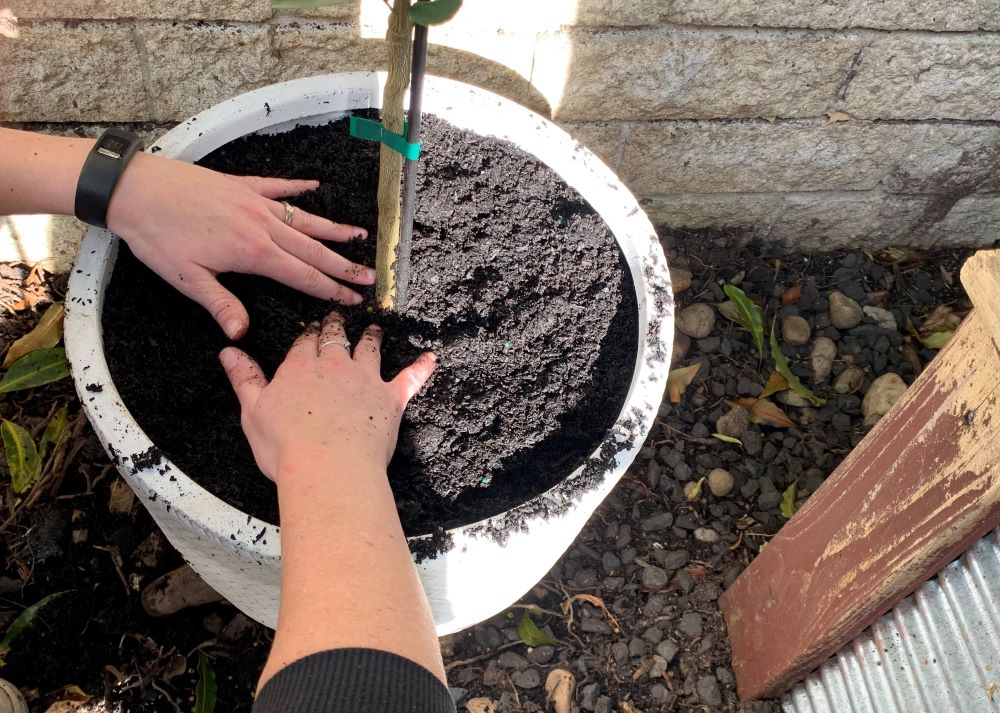
How Long to wait after Repotting a Plant before Watering
Repotting a plant will always cause some type of trauma or shock so learning to repot your plants the right way is crucial. After putting the plant in its new pot and backfilling with soil it is essential to water the plant straight away.
Watering the plant immediately after repotting provides the moisture that all repotted plants need to survive. If most of the soil in the newly repotted plant is still on the dry side, which it likely is, that soil will need this moisture.
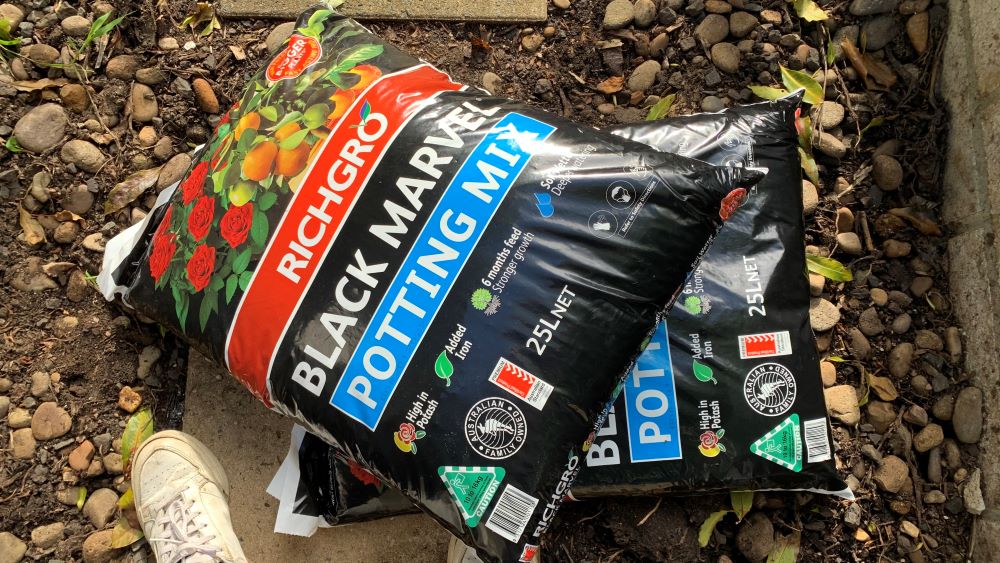
Watering the plant straight after repotting will also help to wash the soil down around the roots and fill any air holes. This will stop the roots from drying out and make sure they can get the moisture and nutrients from the soil.
Should You Repot Plants Before or After Watering?
Most experts recommend that you water both before and after you repot your plant. When you water the plant before repotting it helps the root ball to stay together and the plant will lose less soil.
This reduces the damage that can happen to the roots when the plant is moved to a new pot.
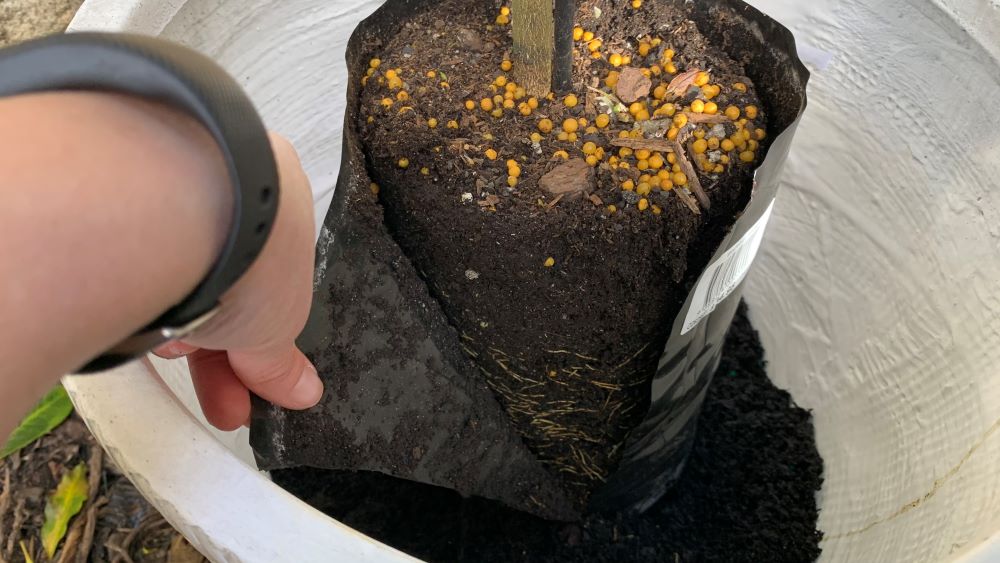
Plants need moisture both before and after they are repotted because this moisture helps keep them healthy and growing right.
How Long Plants are in Shock After Repotting
Plants are usually in shock for two or three days after you repot them, but you can help to decrease this by handling them gently and making sure they get the care they need during the transition period.
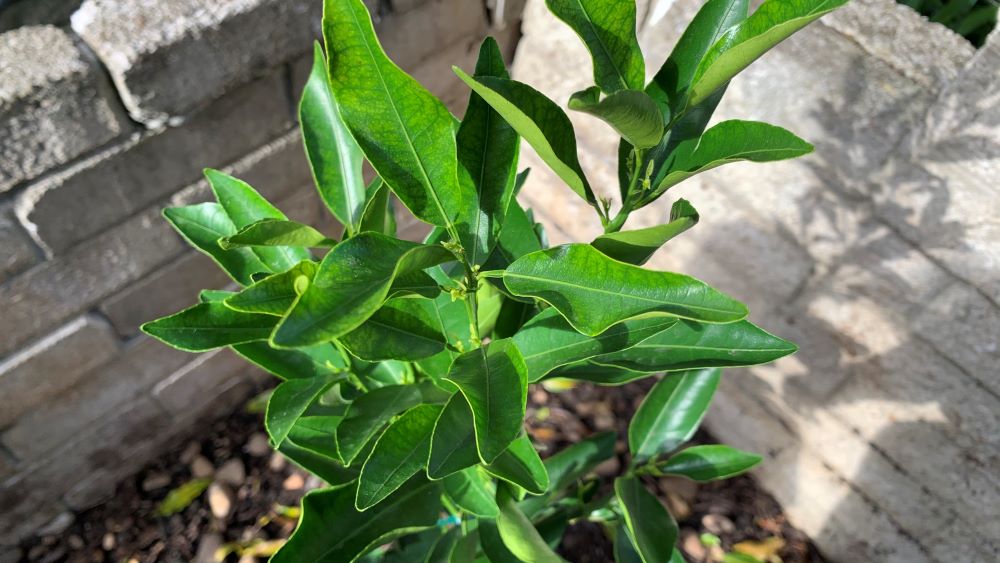
Avoid adding any fertilizer to the plant for at least 2 weeks after repotting. After this time root damage would have healed and the plant can be fertilized. Add a handful of all-purpose fertilizer and water it in well.
7 Ways to Care for a Plant After Repotting
After you’ve repotted your plant, there are a few things you can do to increase the odds that it will start to grow and thrive like it did before you repotted it. Here are a few things you can do to enjoy a successful repotting of your plant.
1. Repot at the Right Time
Plants are very vulnerable right before they bloom, so never repot them during the growth period. Make sure the plant has already bloomed before you repot them.
For most plants, this will be in the springtime, but you’ll have to check the instructions attached to the plant to make sure you’re repotting it at the right time.
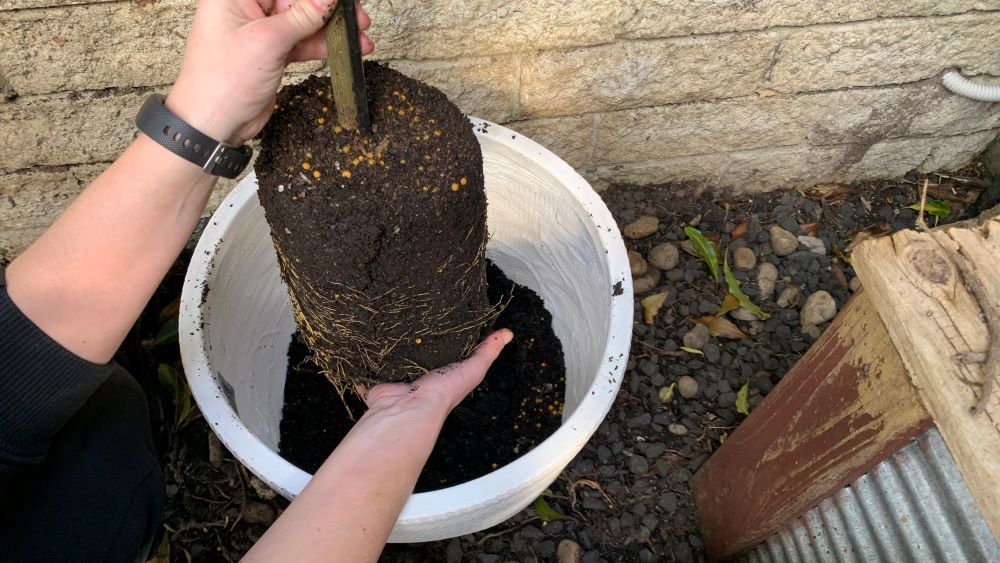
2. Use the Right Pot
Some people repot simply because they want to switch from one pot to another, but if you’re repotting the plant because it has outgrown its current pot, the new pot should be around two inches bigger than the original one.
Less than two inches means it is likely not big enough, and larger than two inches means you increase the odds of root rot because you’ll likely overwater it.
You can increase the pot size slightly if you are moving into a rapid growth season like spring as the plant can quickly fill the pot.
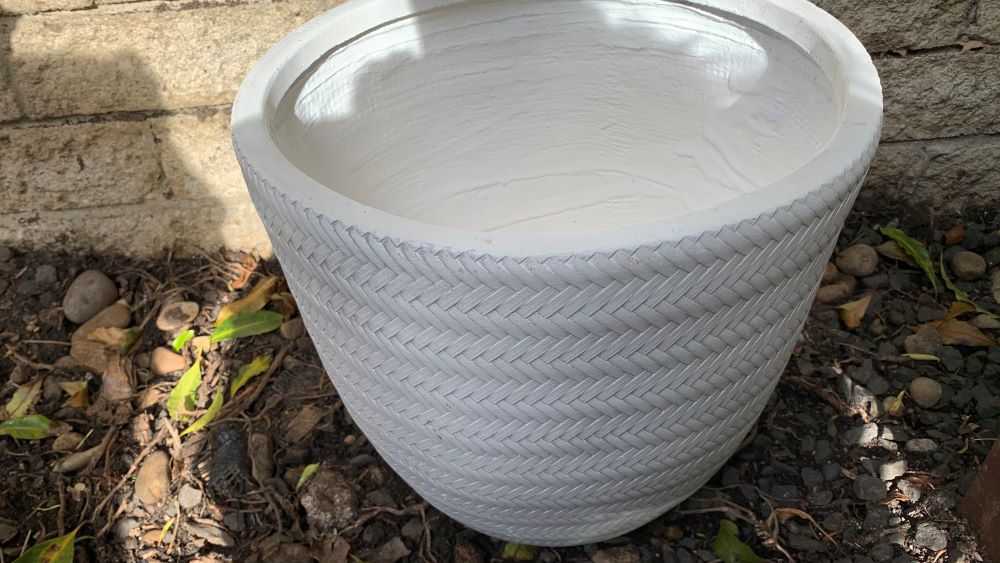
3. Choose the Right Soil
When you repot a plant, don’t use soil that’s too old. Instead, make sure the soil is fresh and that it is a high-quality, name-brand type of potting soil.
Potting soil has a lot of nutrients in it, and you’ll want to start by filling up the new pot about a third of the way with the soil. When you do this, the new roots have plenty of room to form and develop properly.
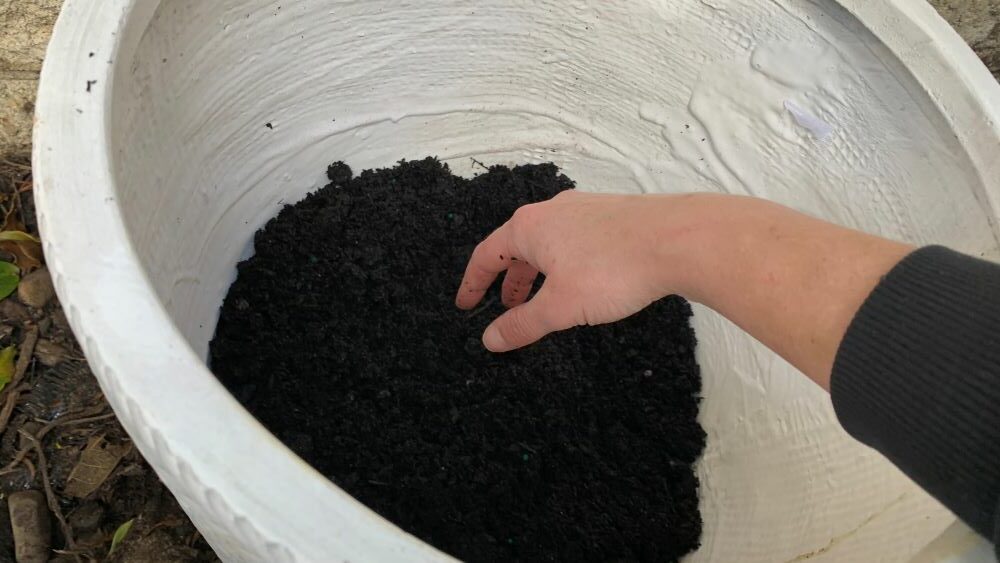
4. Repot Your Plant the Correct Way
When you first take your plant out of its original container. For root bound plants, gently untangle the roots as much as you can, and place it gently into the new pot.
Fill in the area surrounding the plant with new soil and pat it down gently. The best way to make it easy to take care of a plant after it’s been repotted is to repot it correctly in the first place.
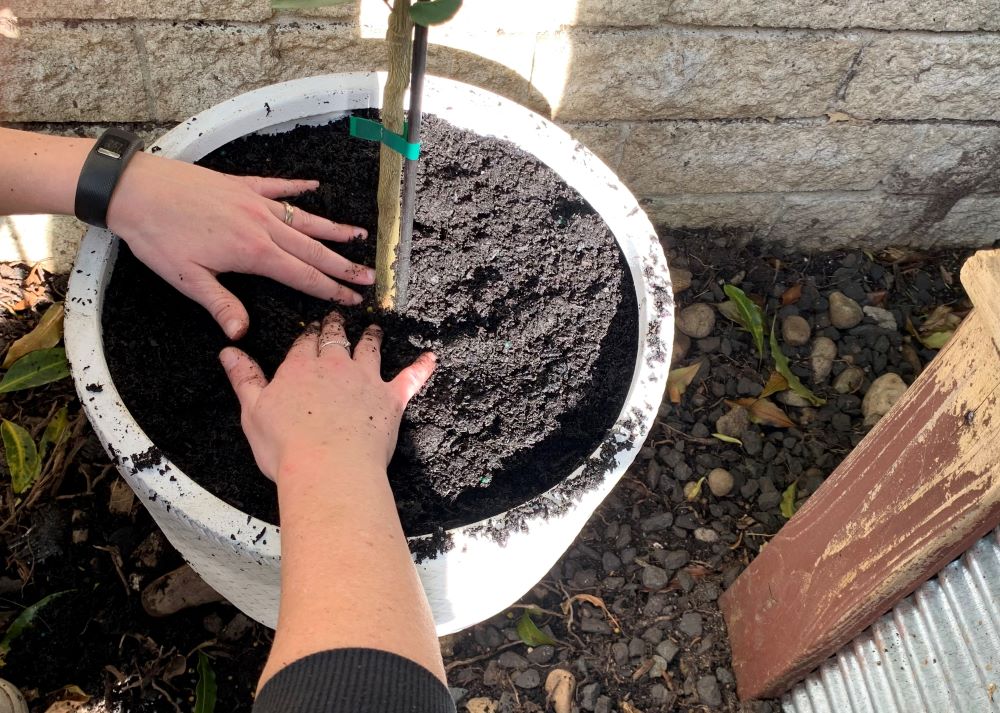
5. Give It Some Extra Sunlight or Shade
If the leaves of your plant turn dark, it needs more shade. If the plant doesn’t bud or flower, it needs more sunlight. Adjust accordingly and give them what they need so they can make it through the transitioning period.
6. Skip the Fertilizer for a While
Even if it’s time to fertilize your plant, skip this step for three to four weeks after you’ve repotted it. It shouldn’t get any fertilizer until nearly a month after it was repotted.
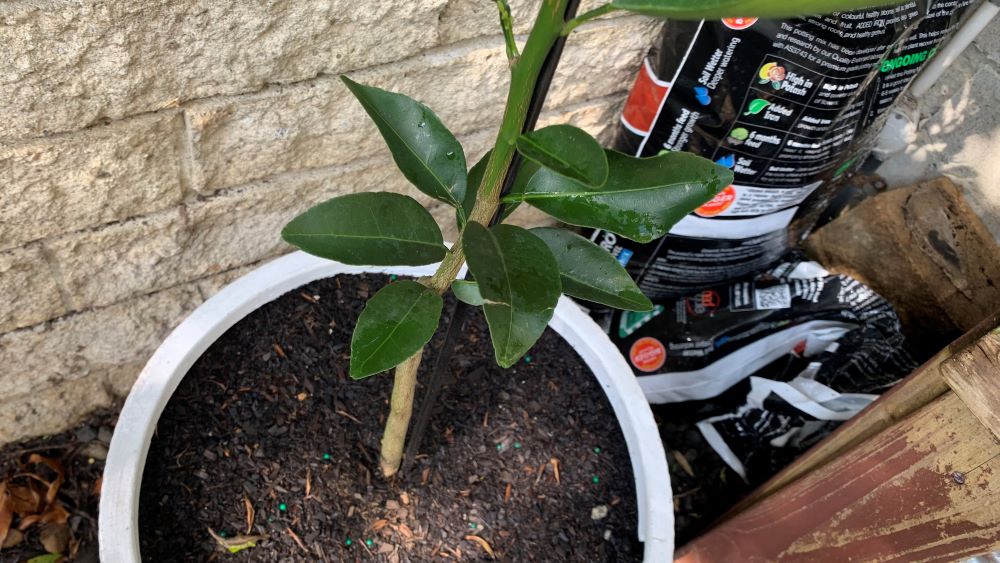
7. Cut Back Any Leaves That Don’t Look Good
Take a good pair of pruning shears and cut off any dead or wilting leaves, stems, or branches. Trim carefully and slowly and only remove the parts of the plant that look dead.
Watering Plants After Transplanting into a Garden Bed
You should water your plants immediately after they’ve been transplanted into a garden bed, just as you do when the plant is repotted.
You may need a little more water because garden beds are larger than containers or pots, but it is crucial that newly transplanted plants or trees get watered well.
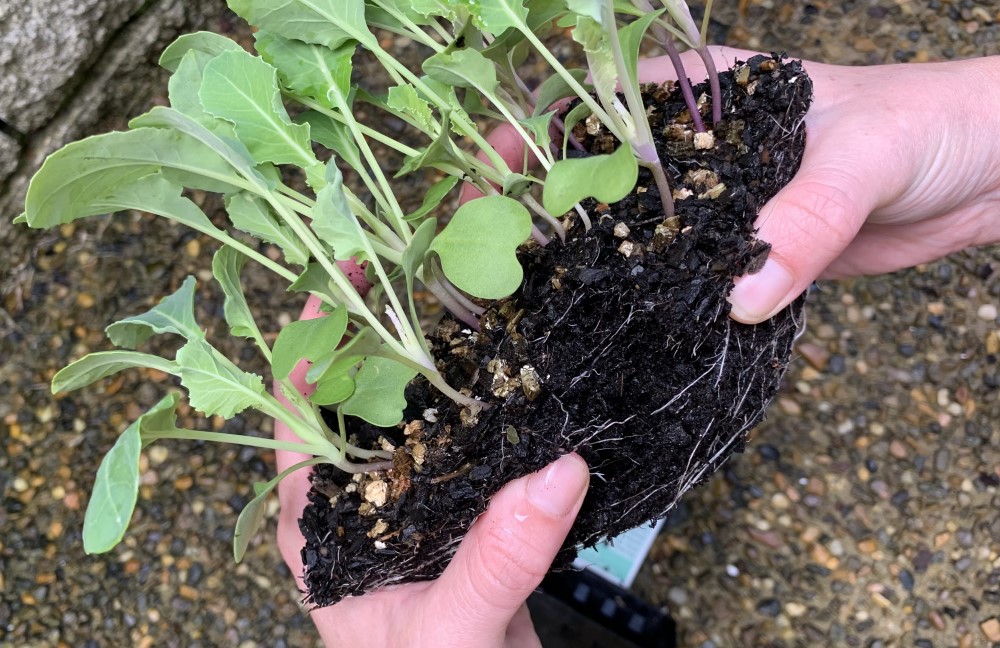
Does Repotting Plants Shock Them?
Even when you’ve done everything right and your plants don’t die, they will still be in “shock” for several days after they’ve been repotted. This is why it’s so important to keep a close eye on the plant for two or three days after the repotting.
Conclusion
Ideally, you should water a plant both before and after you repot it into another container or pot. Don’t overwater, but keep in mind that newly repotted plants need a lot of moisture for a while.
I am an accredited practicing dietitian, experienced gardener and a dedicated cook. I love writing and sharing my experience so you can learn from my successes and mistakes.
